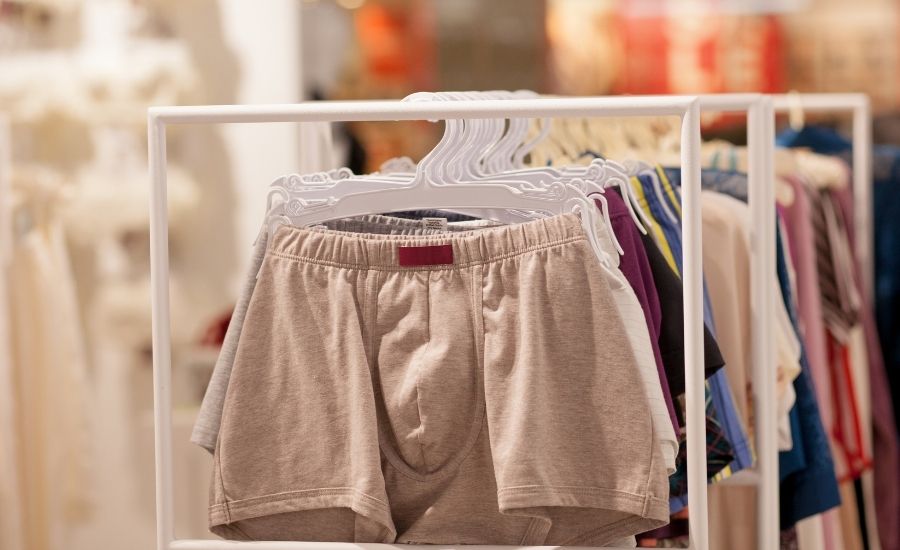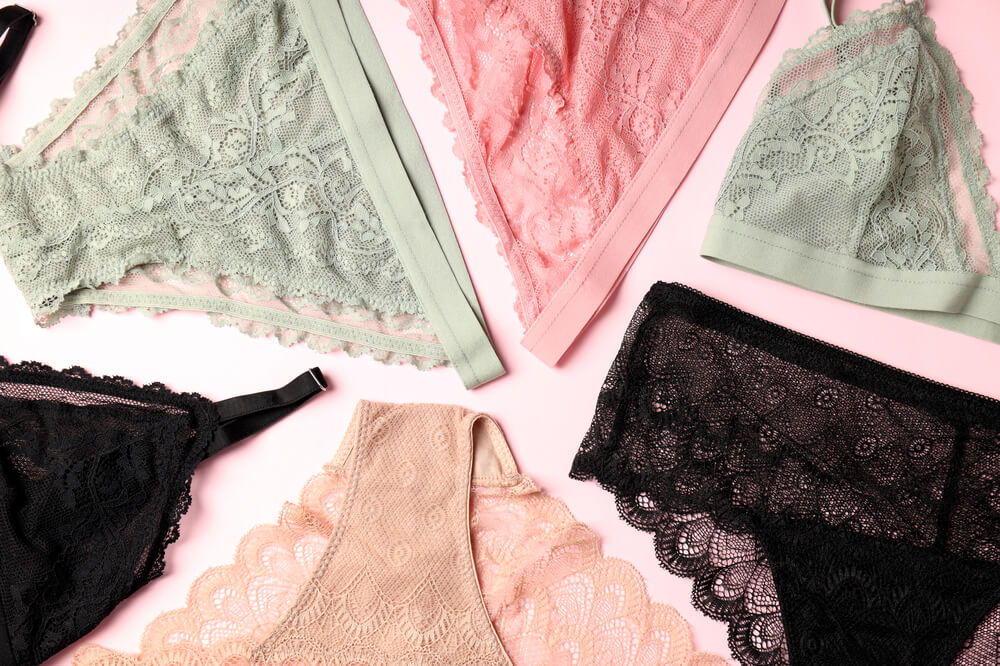Like most people, wearing underwear is as much a part of your everyday life as brushing your teeth, washing up, combing your hair, and even eating and drinking. Underwear protects your private bits and pieces, preserves privacy, it provides hygienic benefits, keeps you comfortable, and can even help you feel confident. In other words, undies are pretty important.
Whether you prefer plain tighty whities, form-fitting boxer briefs, curve-accentuating cheeky panties, or modest (yet playfully sexy) boy shorts, because they need to be changed on a daily basis, unless you want to do the laundry multiple times a week, you’re going to want to make sure that you have a pretty decent stockpile.

When you’re shopping for your supply of undies, there are three essential traits to look for: the right fit, durability, and comfort. There’s just one problem: in order to make sure that your drawers meet these requirements, chances are you’re going to be spending a surprisingly large sum of money. Many reputable men’s and women’s underwear brands charge north of $40 per pair.
Multiply that amount by 7 (one pair for each day of the week), and you’re looking at spending $280 (plus tax) or more! If you want to make sure that you have a few backup pairs on-hand, which is highly recommended, your mouth may hit the floor when you head to the cash register.
There are a lot of things that you can do and/or other things that you could purchase for the same amount that you’ll spend on a decent collection of well-made, properly fitted, and super-comfy undies. Sure, if you want to save yourself some cash, you can head to a discount store and shop for cheaper bloomers, but you’ll probably end up sacrificing quality, fit, and comfort.
There’s nothing worse than walking around all day in uncomfortable drawers that keep riding up and pulling them out of your crack. Plus, if they’re poorly made, the elastic will stretch, the fabric will fray, and the waistband will give out a lot faster, and you’ll have to replace them a whole lot sooner; which means that in the long run, you could end up paying just as much – if not more – for discounted undies.
When you invest in high-quality, well-made, pricier underwear, your nether regions (and even your pocket, in the long run) will definitely thank you, that doesn’t make spending exorbitant amounts of money in one clip any easier. When you head up to the cash register, you probably can’t help but wonder how it is that such small bits of fabric cost so much. To find out why quality undies are so expensive, keep on reading.

Underwear is Expensive?
Value of the Brand
Of all the factors that contribute to the high cost of underwear, branding has one of the biggest impacts. You could take a plain old pair of undies that are far from special and made in sweatshops in China, slap a designer logo on them, and the price will increase exponentially. While it might seem like that would be fair game, as consumers are clearly willing to pay more for a well-known brand, and how people spend their money is their business, there’s actually a major disadvantage to buyers.
Consumers equate brand names with quality; the more popular the brand is, the better they quality – or so that’s what it may seem. In reality, however, all too often, this isn’t the case. Well-known brands can slap much higher price tags on their underwear, even though the quality of that underwear is equivalent to (if not even lower than), less expensive, no-name brands. In reality, when you buy underwear that was made by a popular designer or that was endorsed by an A-list celebrity, all too often, you’re paying for the name, not the quality.
Retail Charges
A portion of the price of underwear isn’t the fault of the makers themselves. A lot of men’s and women’s underwear brands heavily rely on an assortment of retail channels to sell their products, such as different online retailers, brick-and-mortar stores, and catalogs. Retailers have to purchase the product themselves, and in order to turn a profit, they need to mark up the price, and those markups can be astronomical; anywhere from 40 to 60 percent, on average.
Packaging
Believe it or not, a portion of the price that you’re paying has nothing to do with the underwear at all. The packaging that undies are sold in can drive up the price. Unlike so many other garments, like button-downs and pants, which are sold as-is (they aren’t wrapped up), most underwear is packaged. Individual or multiple pairs can be pre-packaged, or you can buy loose pairs that the retailer then wraps up in pretty tissue paper
The packaging may be nice, but it can drive up the price of your undies. The manufacturer or retailer has to pay for the tissue paper, bags, tags, boxes, or whatever else the under garments are packaged in, and in order to recover the cost of those supplies, the consumers will be hit with higher prices.
Unneeded Manufacturing Features
No matter the style, men’s drawers and women’s panties should be pretty simple and straightforward. They should fit properly, cover all of the bits and pieces, be flexible, yet stay put, and they should be nice and comfy. That’s really all you need in a good quality pair of underwear.
Unfortunately, however, a lot of brands add unnecessary elements to their products in an attempt to garner more attention and up their sales. Guess who pays for those unnecessary features? That’s right! It’s you, the consumer.
Some brands use materials that are over-the-top, and they add buttons, doo-dads, and other decorative elements. Not only are these elements unneeded, but they can also impact the comfort of the underwear; of course, they can also increase the price.
Summing It Up
It is possible to find good quality, comfortable, properly fitting underwear that won’t break the bank. By knowing the factors that drive up the prices, you can shop smarter and find yourself reliable, comfy undies that won’t cost a fortune.





